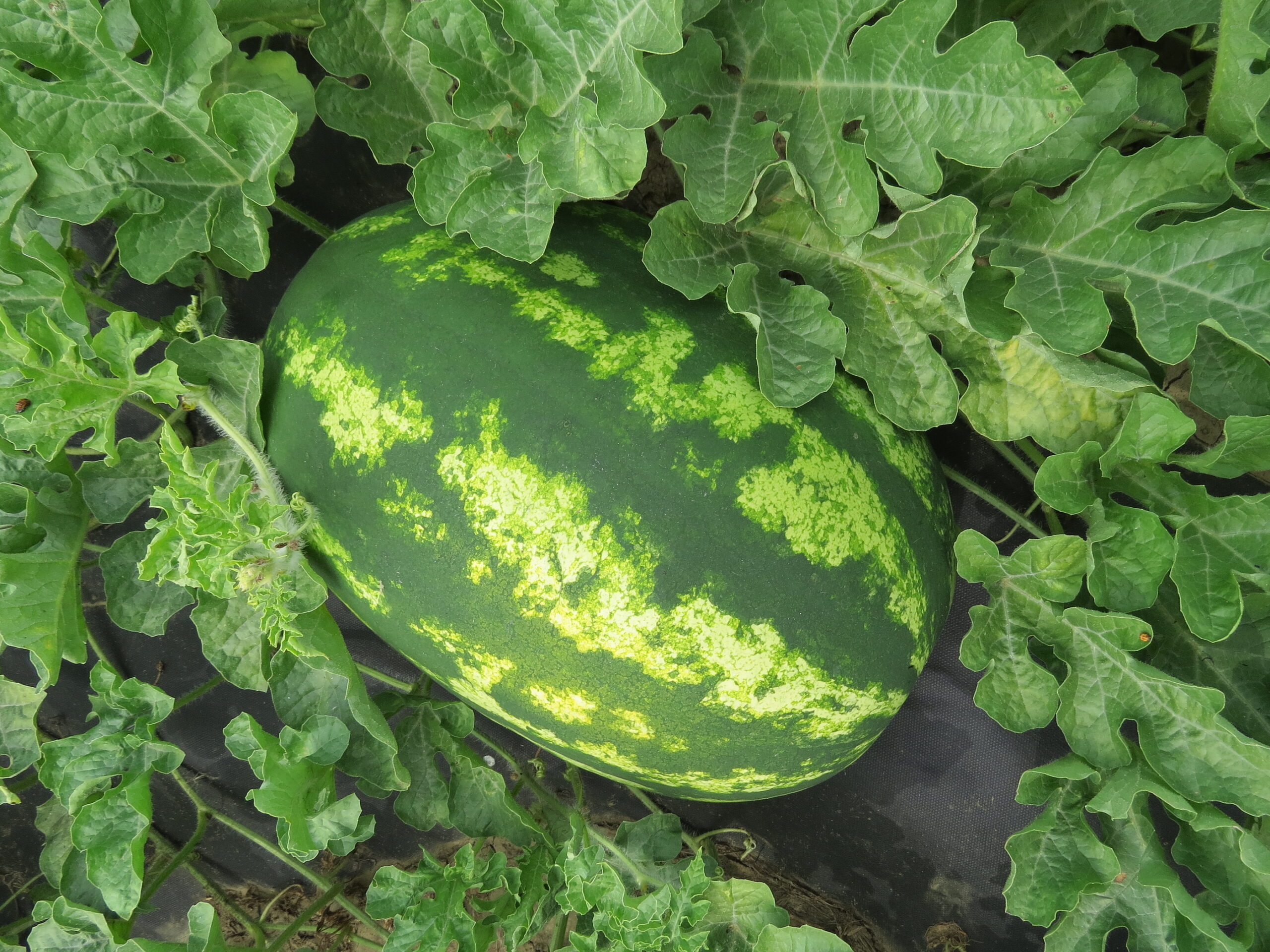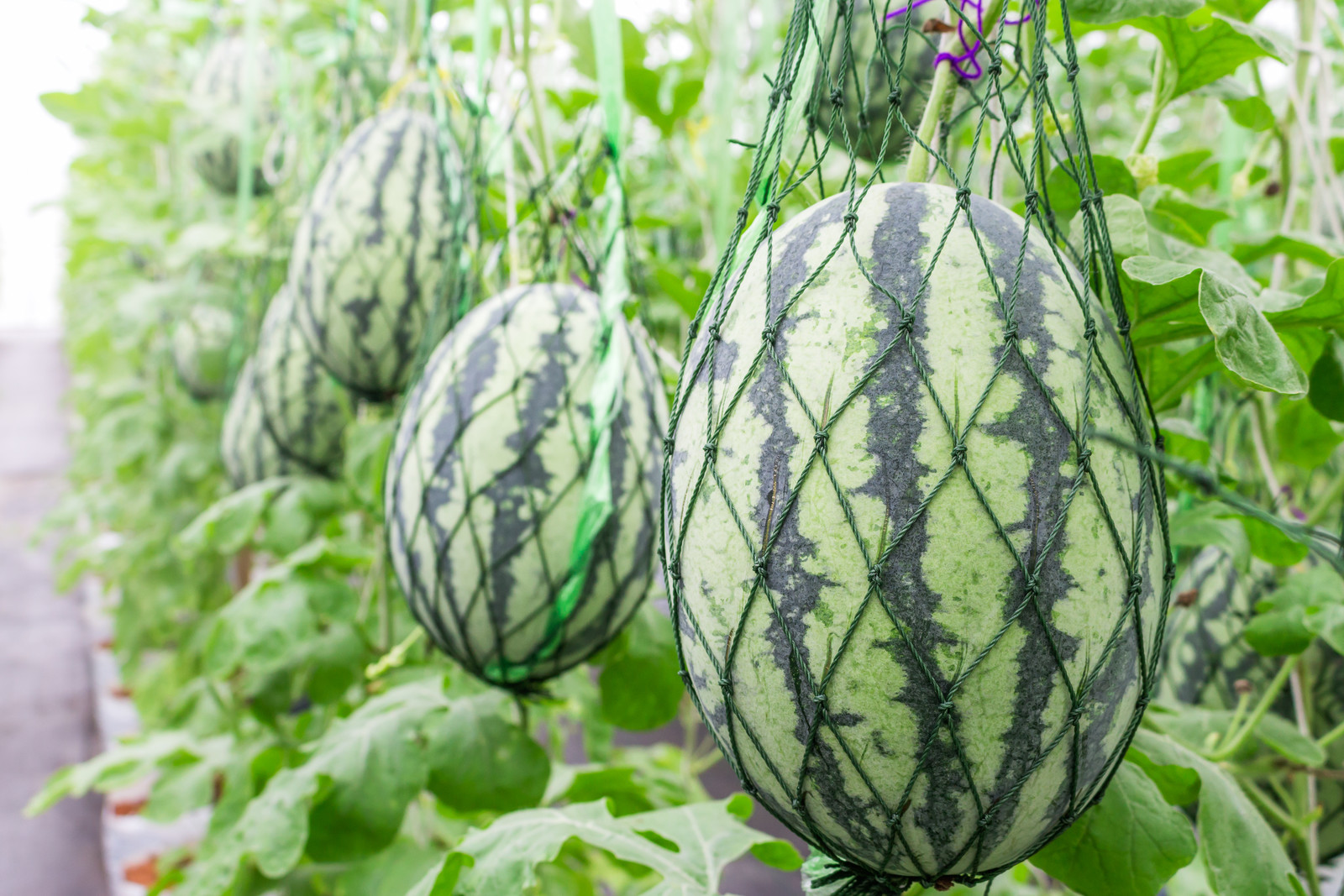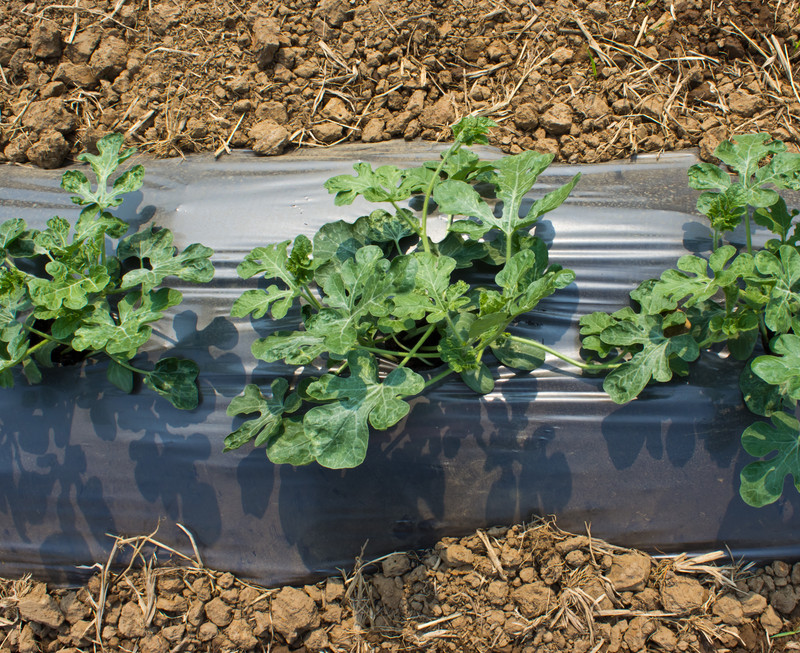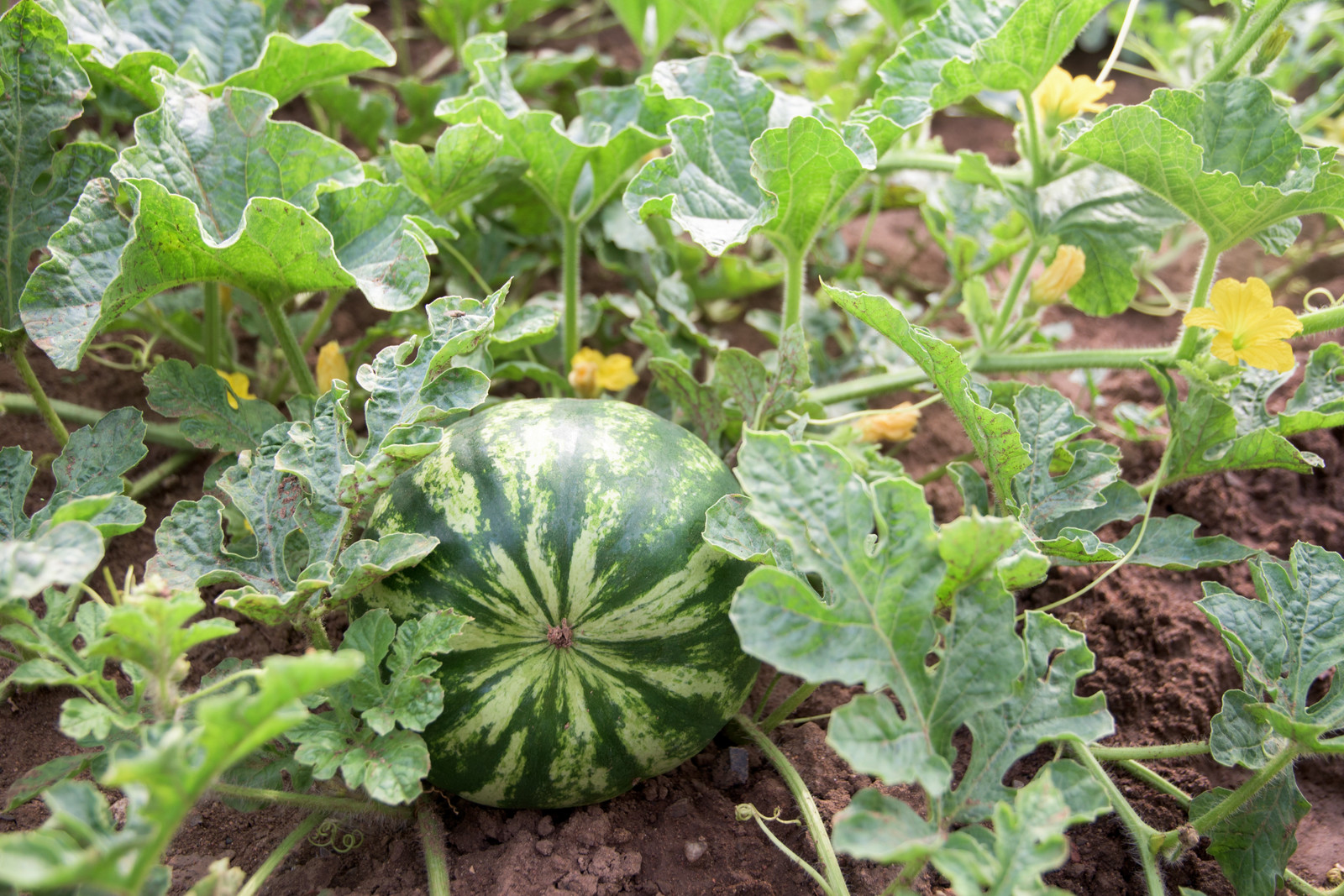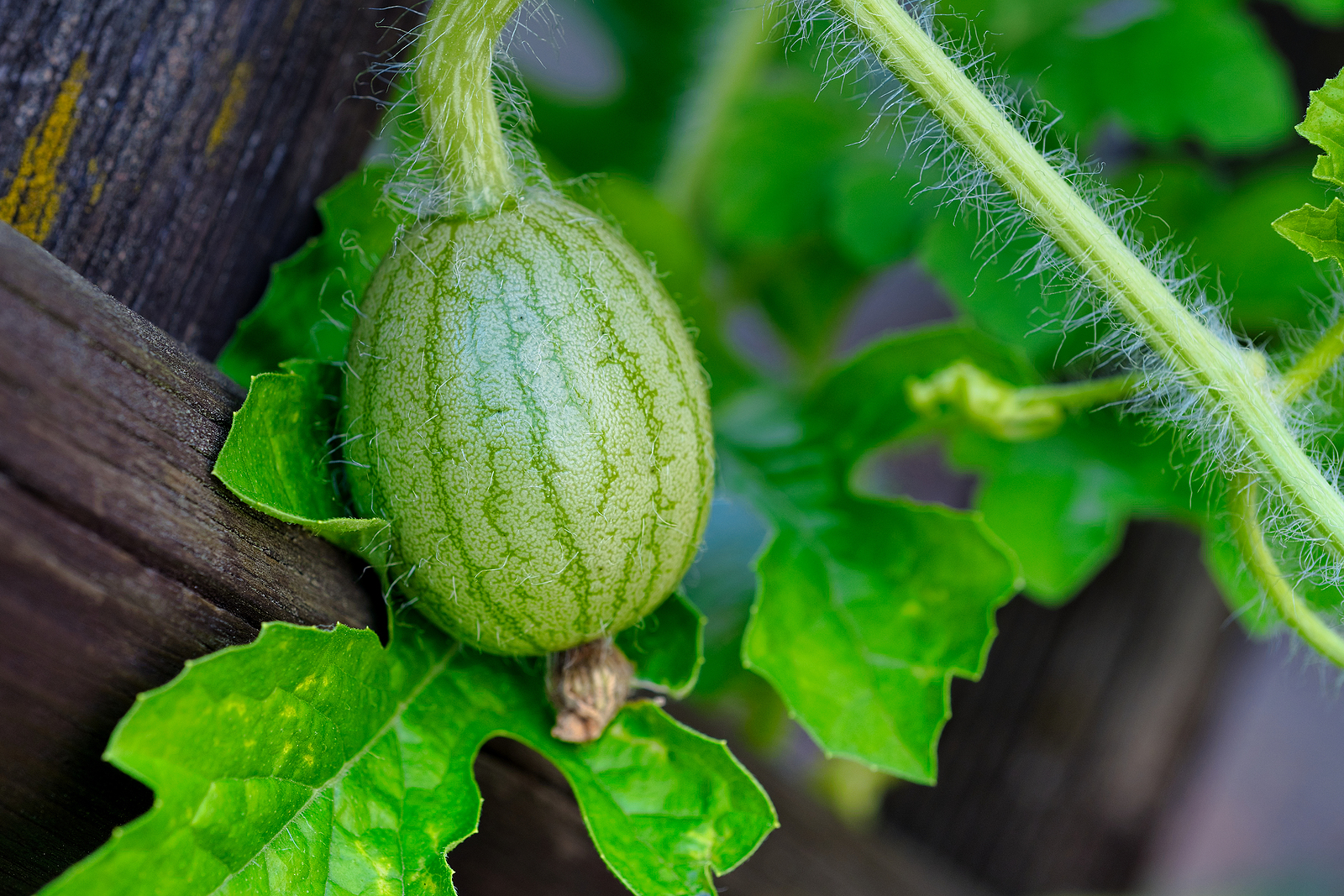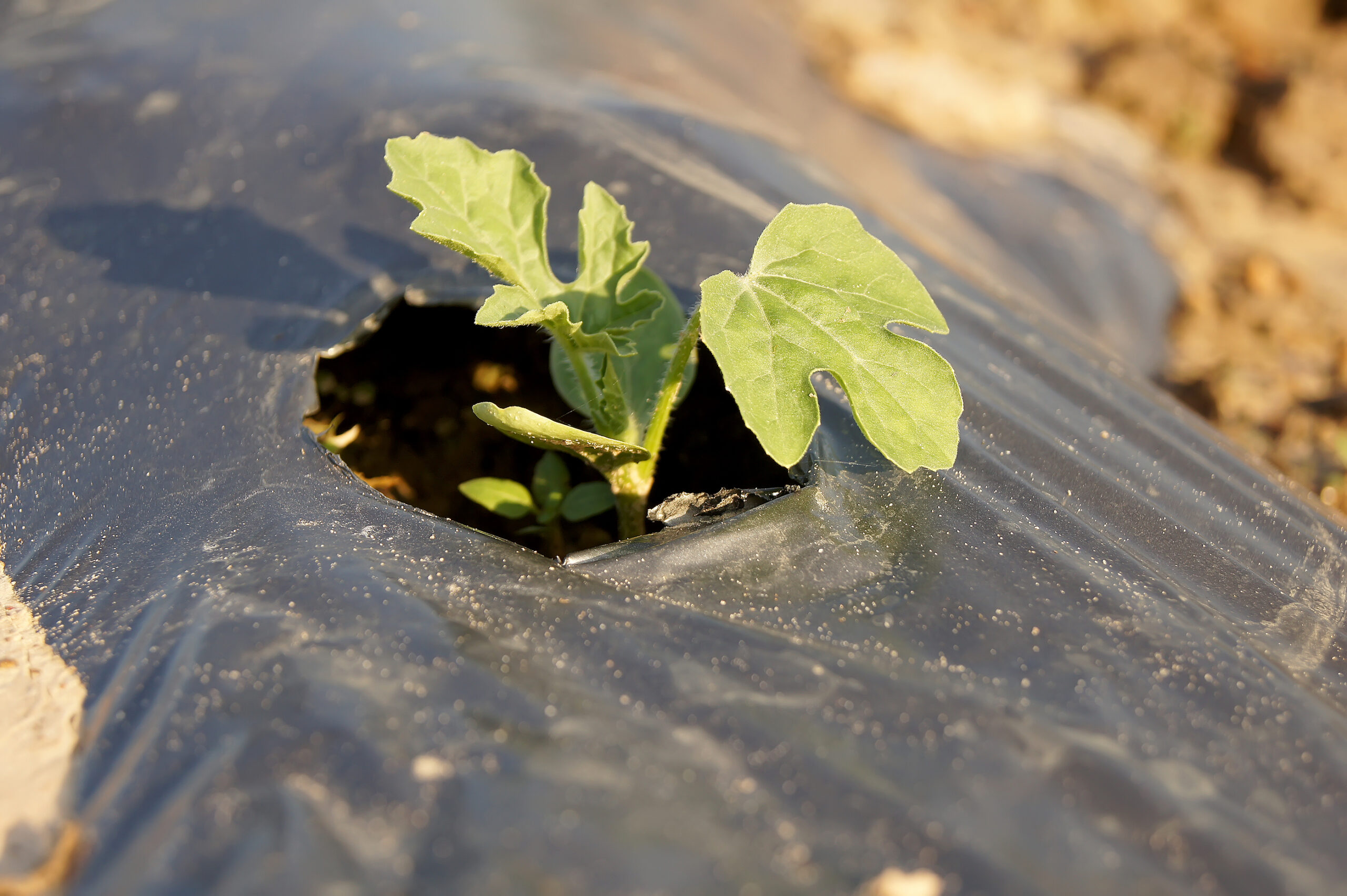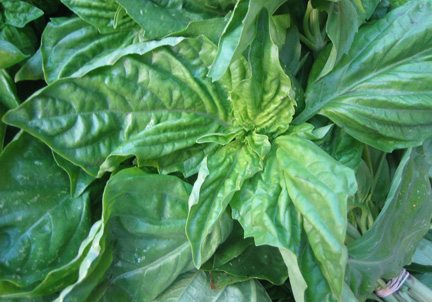Gardening Tips
Latest stories
More stories
-
Soil Prep and Mulching Tips for Healthy Watermelons
After more than three decades growing watermelons in my home garden, I’ve found that success comes down to two key things: great soil prep and smart mulching. Whether you’re planting in raised beds, mounds, or wide garden rows, getting your soil right before planting and using mulch strategically will directly impact your harvest. In this […] More
-
Growing Watermelons Vertically: Tips for Small Gardens
Maximize your garden space and harvest sweet melons from sturdy trellises. Over the years of growing watermelons in both wide-open raised beds and compact backyard spaces, I’ve found that vertical growing is a game-changer for small gardens. While watermelons are naturally sprawling plants, with the right support and care, they can be trained to grow […] More
-
Watermelon Temperature Needs: Warmth, Frost, and Growth Milestones
As a gardener who has grown watermelons in both short and long growing seasons for over 30 years, I can tell you this: temperature is everything when it comes to watermelons. These tropical fruits thrive in heat—and they’ll sulk or even fail if it’s too cool at any point in their growth cycle. Whether you’re […] More
-
Watering Watermelons: How Much and How Often
After more than 30 years of growing watermelons in warm-summer regions, I’ve learned that consistent and strategic watering is the key to a bountiful harvest. Watermelons are made of 95% water, so it’s no surprise that your watering routine can make or break your crop. Here’s how to water watermelons correctly at each stage of […] More
-
How to Feed Watermelons: Fertilizer Schedules and Organic Options
Watermelons are among the hungriest plants in the vegetable garden. After decades of growing them in hot-summer gardens, I’ve learned that feeding them properly—starting at soil prep and continuing through fruit development—makes the difference between a so-so harvest and bushels of crisp, flavorful melons. Whether you grow organically or use conventional fertilizers, this guide will […] More
-
Caring for Watermelon Plants Through the Season
Growing watermelons takes more than just sunshine and water. From the moment young plants settle into the garden to the final days before harvest, how you care for your vines directly affects fruit quality, size, and sweetness. After growing watermelons for decades, I’ve found that careful seasonal attention—particularly in how you manage pests, flowering, and […] More
-
Companion Planting for Watermelons: What Works and What Doesn’t
Companion planting can be a game-changer for home gardeners growing watermelons. By choosing the right neighbors in your garden bed, you’ll improve pollination, suppress weeds, deter pests, and even enrich the soil. Here’s a guide to the best—and worst—companions for your watermelon patch, tailored for organic, low-input gardens like those featured on HarvestToTable.com. Why Companion […] More
-
Watermelon Pollination Tips: Helping Watermelons Set Fruit
Watermelon vines produce separate male and female blossoms, and successful fruit set depends on effective pollination. This is especially true for seedless (“triploid”) varieties, which require nearby seeded plants to provide pollen. Here’s how to ensure both standard and seedless watermelons set abundant, high-quality fruits. With over three decades of hands-on experience growing watermelons in […] More
-
Growing Melons on Mounds and Hills: A Proven Method for Stronger Plants and Sweeter Fruit
Melons thrive in warm, loose, and well-drained soil. One of the oldest and most reliable methods for planting melons is to grow them on raised mounds or inverted hills. This technique mimics natural growing conditions and gives melon plants a head start in both spring and summer gardens. 🌱 How to Sow Melon Seeds on […] More
-
Watering and Feeding Melons for Maximum Sweetness
After growing melons for decades in the warm Sonoma Valley climate, I’ve learned that watering and feeding are the keys to growing sweet, juicy melons. These sun-loving fruits thrive with the right balance of moisture and nutrients, and small adjustments in your routine can make a big difference in flavor. 💧 Watering Melons: Timing and […] More
-
in Gardening Tips, Herbs
How to Water, Feed, and Care for Basil: A Gardener’s Year-Round Guide
After more than 30 years of growing basil in everything from raised beds to windowsill pots, I’ve learned that basil thrives with just a few key care habits: consistent watering, light feeding, and regular pruning. Here’s how to keep your basil plants lush, leafy, and productive all season long—whether in the garden or in containers. […] More
-
How to Plant Pumpkins Successfully
Planting pumpkins is the first step to a great harvest. Whether you start seeds indoors for a head start or sow them directly into warm garden soil, success begins with the right techniques. In this guide, I’ll walk you through everything you need to know to plant pumpkins at just the right time and protect […] More


